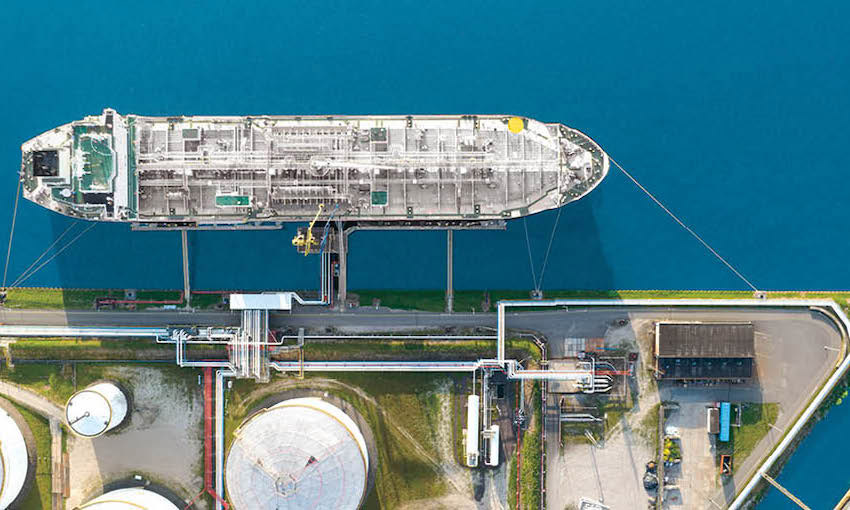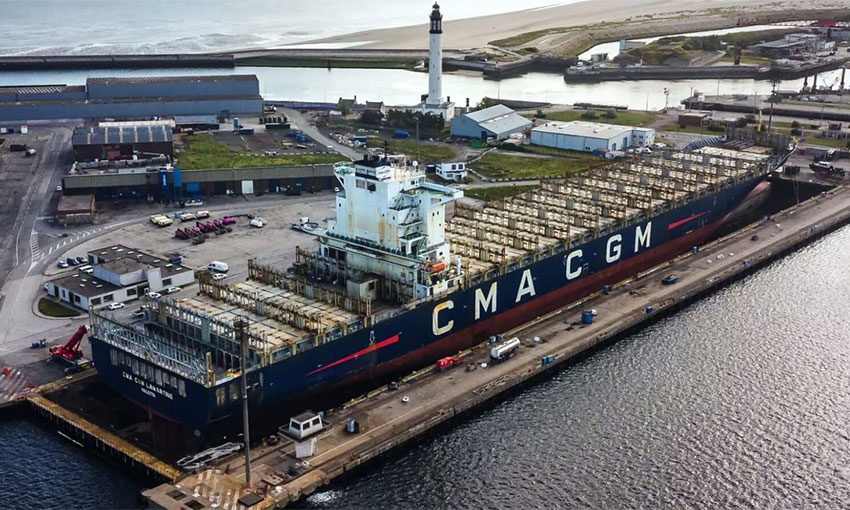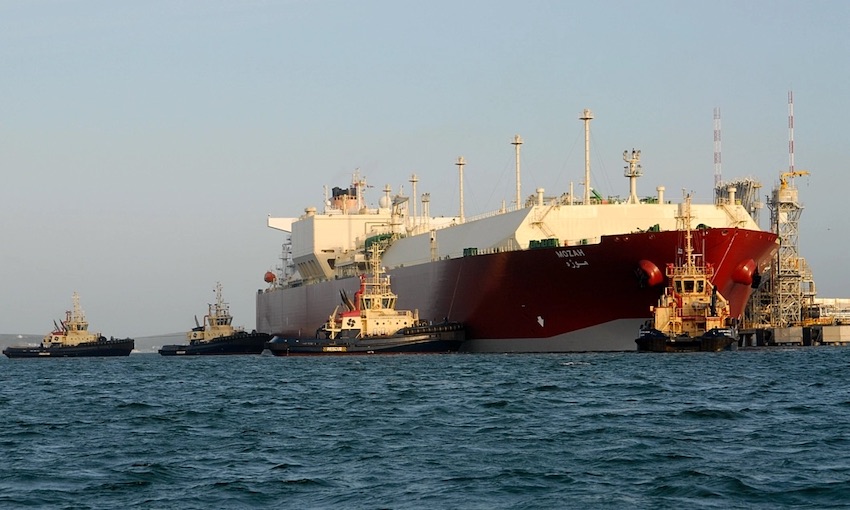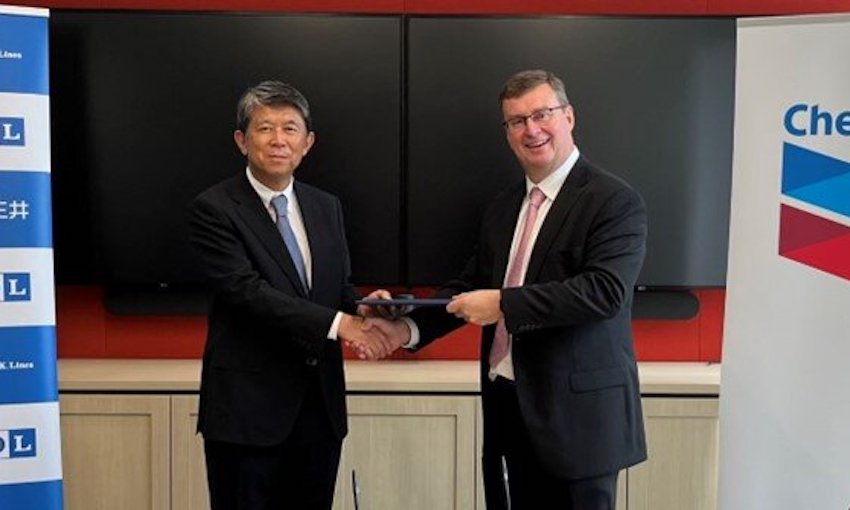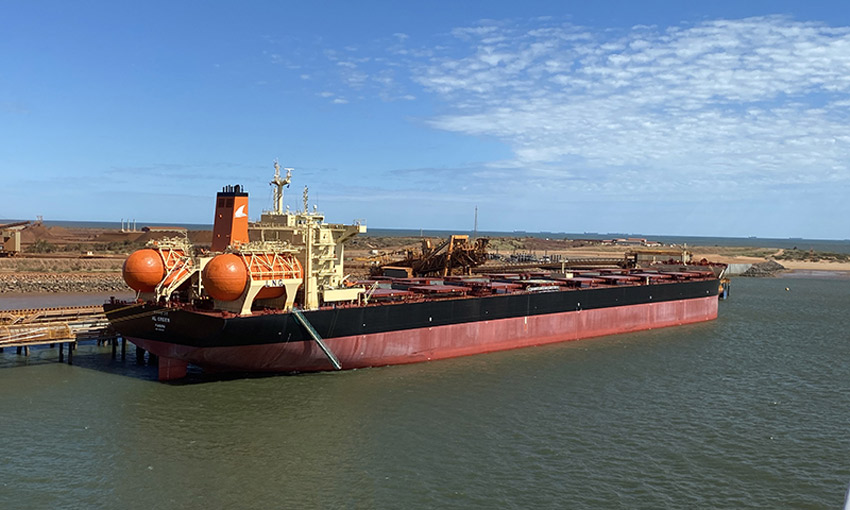CROSS-INDUSTRY collaboration could help overcome the “ultimate hurdle” of fuel availability in shipping, according to classification society DNV.
The company explores the challenge of fuel availability in its latest Maritime Forecast to 2050 report, released on Tuesday.
The report considers the production, distribution and bunkering infrastructures needed to enable the maritime industry’s transition to carbon-neutral fuels.
It also models two different decarbonisation pathways: current International Maritime Organization ambitions for 2050, and full decarbonisation by 2050.
The company expects onboard technology investments required for its “full decarbonisation by 2050” model to fall between US$8 billion and 28 billion each year from now until 2050, depending on which fuel type has the largest uptake.
It said investments of between US$30 billion and 90 billion each year would be needed for onshore fuel supply chains.
DNV Maritime CEO Knut Ørbeck-Nilssen said the search for the best alternative fuels is underway, but no industry can decarbonise in isolation.
“Global industries need to make the right choices together, and sustainable energy should be directed to where it has the biggest impact on reducing GHG emissions,” he said.
“The ultimate hurdle is fuel availability and to overcome it, supply chains must be built through cross-industry alliances.”
Mr Ørbeck-Nilssen said carbon-neutral fuels need to be made available for ships operating within the current decade.
“By no later than 2030, 5% of the energy for shipping should come from carbon-neutral fuels. This will require substantial investments in both onboard technologies and onshore infrastructure.”
Ports, energy providers and fuel providers also have a role in DNV’s modelling; co-ordinated plans from these stakeholders are considered crucial to establishing green shipping corridors.
DNV noted there is still uncertainty around the future price and availability of alternative fuels, meaning there is no “clear winner” between ammonia, methanol, diesel or methane produced from sustainable biomass, renewable electricity or fossil fuels with carbon capture and storage.
DNV said the best fuel choice cannot be identified now or in the near future, though the report outlines what conditions each option will proliferate.
Eirik Ovrum, DNV Maritime principal consultant and Maritime Forecast to 2050 lead author, said the findings add to evidence that shipowners “need to take confident, robust long-term decisions” on investments in existing fleets and newbuild projects.
“We probe variations on three fuel families in which we simulate the availability of sustainable biomass to produce biofuels, renewable electricity to produce e-fuels, and fossil fuels in combination with carbon capture and storage to produce blue fuels,” Mr Ovrum said.
“We also explore variations for specific fuel types, in which key input factors impacting the relative cost differences between fuels within each family are scrutinised.”

